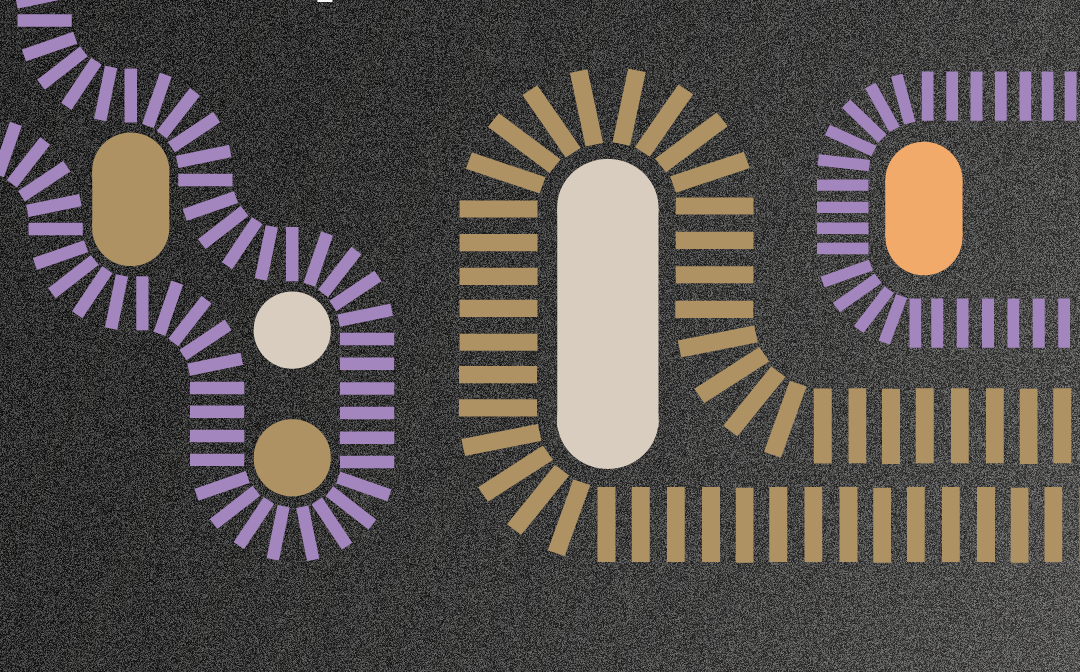
How to influences operations across plataforms are used to attack journalists and hamper democracies?
InternetLab, INCT.DD, DFRLab, VERO, AzMina and VOLT DATA LAB publish a report analyzing attacks against journalists on digital platforms in Brazil.
“When an influencer disseminates an information, there is an impact; but when who does so is a member of the government, the impact is even greater”, affirms Patrícia Campos Mello, an awarded Brazilian journalist and one of the interviewees of the report “How influence operations across platforms are used to attack journalists and hamper democracies”, published today. The research is a partnership of InternetLab, the Atlantic Council’s Digital Forensic Research Lab (DFRLab), VERO Institute, AzMina and VOLT DATA LAB. The goal of the research was to demonstrate how online attacks impact the lives of journalists and how violent speeches gain space on social media in the Brazilian context. In this sense, we intended to answer to the following questions:
- Are there differences in the way gender violence is fostered and instrumentalized in these influence operations across platforms?
2. Are there differences between online violence targeting women and men journalists? In the same way, are there differences between online violence directed to black, indigenous, and white journalists?
3. To what extent are information operations targeting journalists across platforms?
4. How do information operations targeting journalists spread across Twitter, YouTube, and WhatsApp?
5. How do malicious actors appropriate specific platform features to increase the reach of their campaigns?
In order to answer these questions, a mixed-method approach was employed, including a data analysis of Twitter, YouTube and WhatsApp accounts of 200 journalists – 133 women and 67 men with different social profiles, working in different areas. The collected data was analyzed combining qualitative analysis (checking and interpreting the attacks), network analysis (networks of Twitter hashtags and YouTube recommendations to identify the groups of actors involved), and lexical analysis (words and expressions used to attack journalists, according to their gender and race). We also conducted semi-structured interviews with 13 journalists who have suffered online violence.
Key findings
The combination of different methodologies resulted in a group of perceptions about violence targeting Brazilian journalists on platforms: According to the interviewees, women journalists and non-white journalists are more frequently targeted than their men and white counterparts. Some women journalists stated they had been targeted with sexualized and misogynistic contents. Black journalists, on their turn, affirmed they had frequently been compared to criminals and offended because of their looks. As a consequence, in many cases, the attacks against journalists might have a chilling effect, leading these professionals to abstain from addressing certain themes, or to be afraid of signing news stories.
The research identified a variation on vocabularies and discourses used to attack different groups of journalists according to their social markers, their identity and political ideology. We also observed that the attacks occur more frequently in open discussion environments.
In this context of attacks against journalists, Twitter was pointed out as the most problematic environment. If, on the one hand, journalists stress that they can use the platform to address important issues quickly, on the other hand, it is also on Twitter that they feel more vulnerable. We observed that women journalists received double the offenses of their men counterparts on Twitter: 4 out of 5 most attacked professionals are women. Offenses and threats against their bodies, and negative comments about their intellectuality and professional ability stand out. The aim here is simple: to belittle the work of these professionals and to distract the public’s attention from certain discussions.
Regarding WhatsApp, 2 out of 3 most attacked journalists were women, including the most attacked professional. We observed that messages attacking the press increase on the messaging app every time there is an episode embarrassing the government, what makes these attacks a convenient tool to discredit media outlets as a whole.
Furthermore, the messaging platform appeared as the most strategic space to network coordination and discussion. These environments have developed their own terminologies and codes to refer to journalists.
YouTube, on its turn, was not frequently mentioned as an important platform to harassment, even though some journalists understood that defamation campaigns also occur there. Among these campaigns, the so-called dislike campaigns stand out, in which there is a mobilization so that many users dislike a determined video or a number of videos about a specific topic. On the comments section of videos with high dislike rates, we found the same textual patterns of tweets that were hostile to journalists.
In this sense, the report shows that different tactics of attack are used according to the patterns and features of each platform.